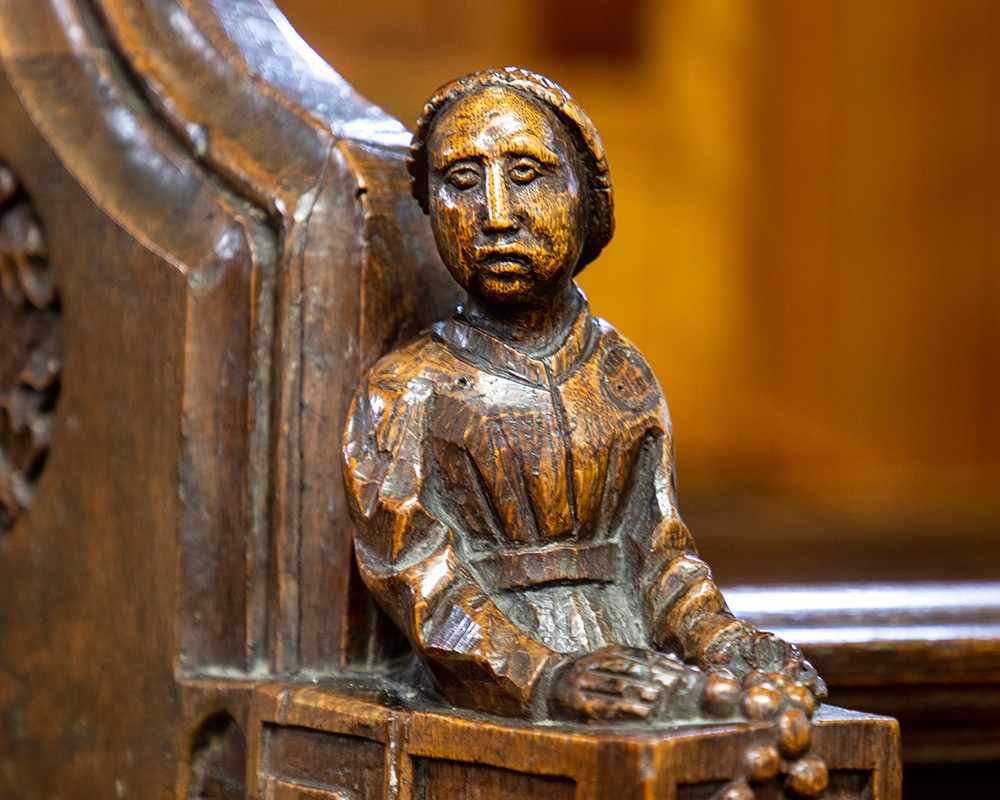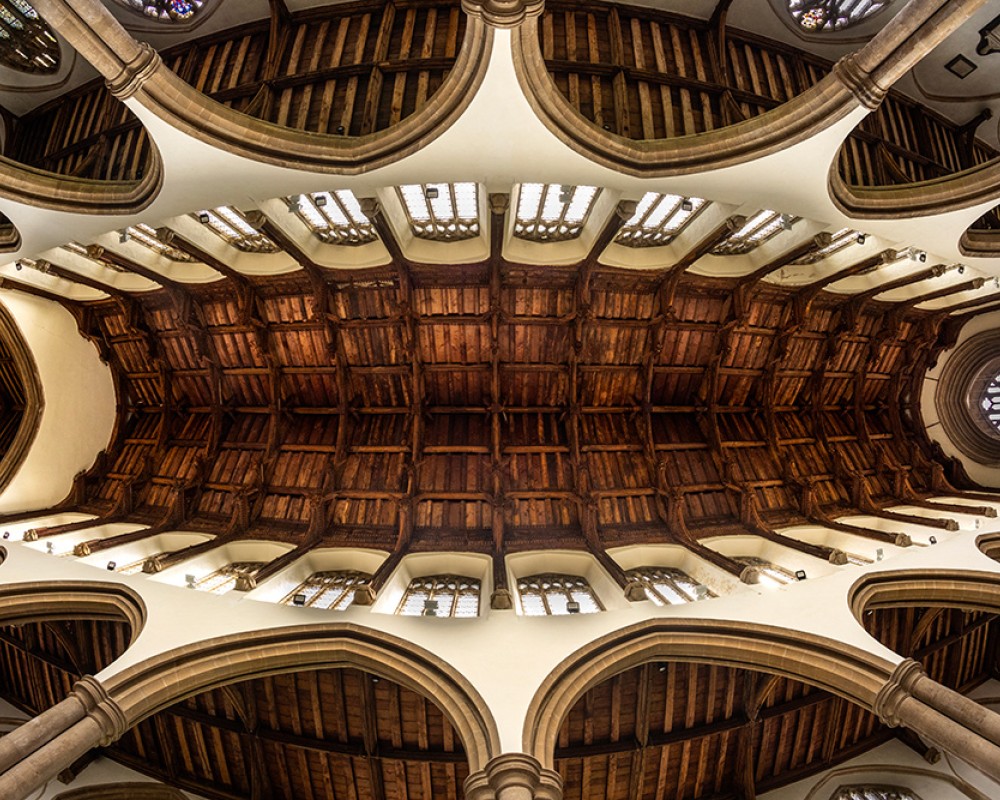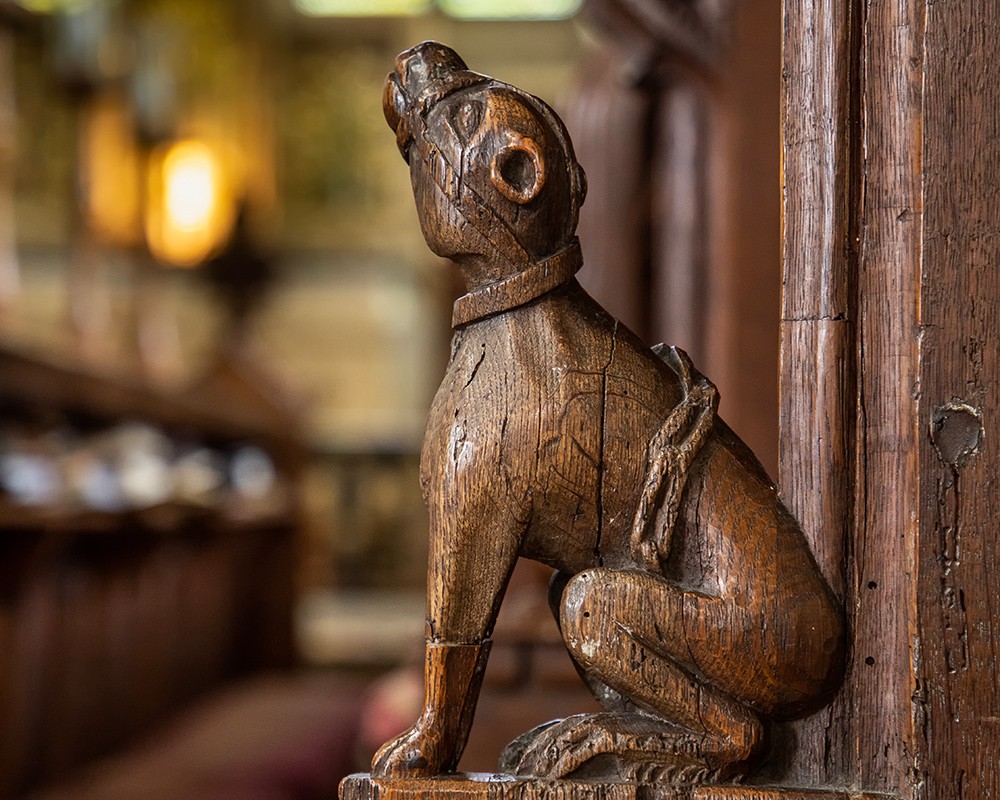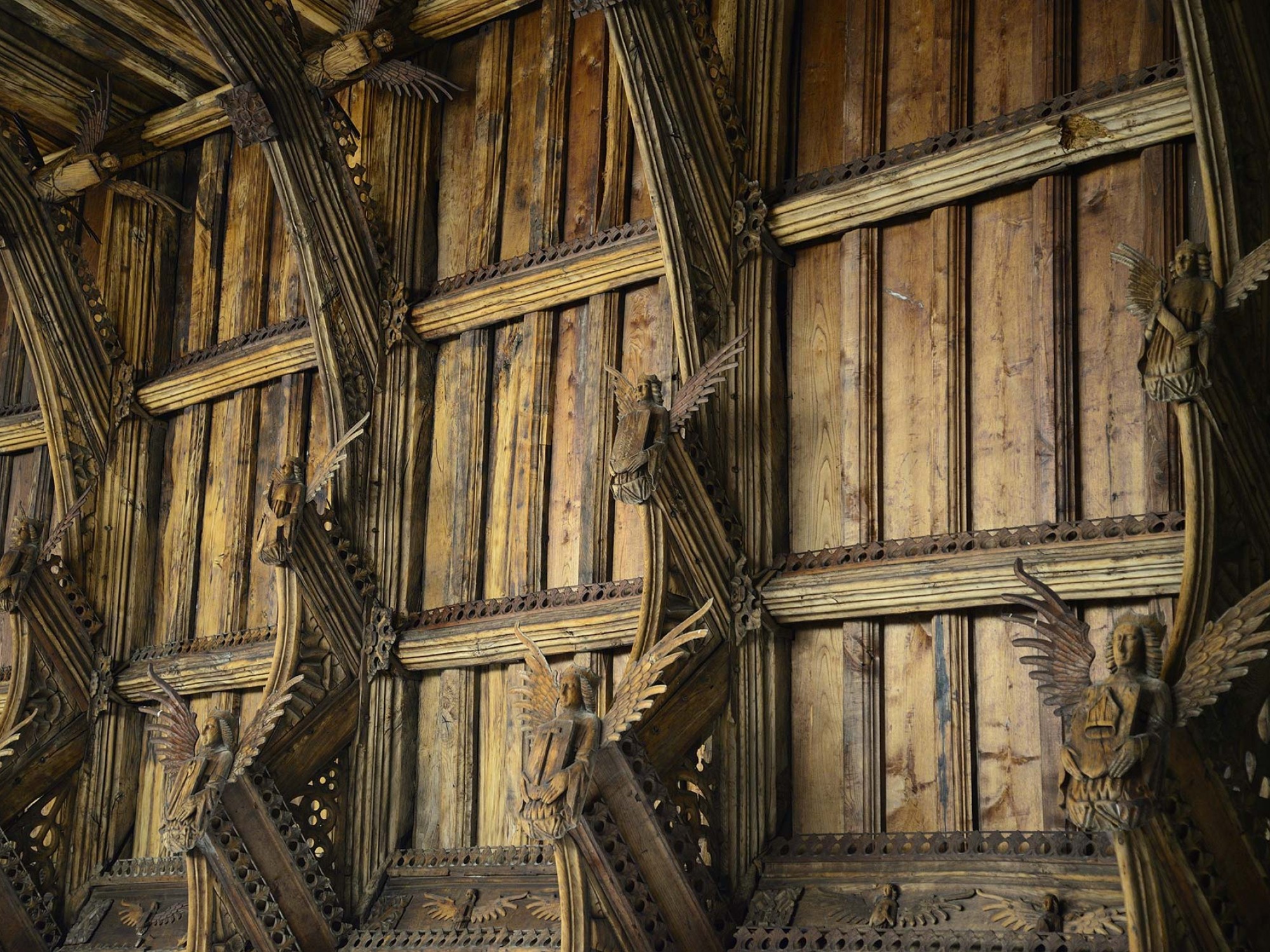
The splendour of Swaffham’s Church
A stunning landmark steeped in history and brimming with community spirit, the church of St Peter & St Paul in Swaffham is the true definition of a local gem
Norfolk boasts the largest cluster of medieval churches in the world; all of them are special, but few can compare with the breathtaking church of St Peter & St Paul in Swaffham. Filled with fascinating treasures and cherished by its proud community, it’s the jewel in the crown of a charming market town.
Constructed between 1454 and 1465 from Barnack limestone, brick and flint, the majestic building arose from the ruins of a previous church. The tower was added almost 50 years later and is topped with a slender spire known as a fleche, French for arrow, which was built in 1897 to replace one of timber and lead. Enriched with carved battlements and crocketed pinnacles, it watches over the town with elegance. A set of eight historic bells can be found inside, five of which were cast in Colchester in 1634 and the remaining three in Norwich in 1737.
The church’s interior is even more beautiful than its exterior, containing a wealth of architectural wonders and enthralling commemorative features. Upon entering through the tower’s west doorway, the eye is instantly drawn to the magnificent double hammer-beam roof crowning the spacious nave. This late medieval treasure is exquisitely crafted of oak and supports 88 angels with outstretched wings, carved from chestnut wood. All of these bear shields showing instruments of the Passion and a further 104 angel carvings are set along the wall plate on either side, making 192 in total.
Admired as masterpieces of carpentry and engineering, angel roofs were mostly built between the 14th and 16th centuries to remind worshippers of the heavenly realm. A large proportion were destroyed during the English Reformation, but the structure at Swaffham has remarkably survived and is thought to be one of the finest in the country.
The nave holds an array of other fascinating features, many of which reflect the unique history of the town and its people. It was reseated in the 19th century as part of an extensive restoration, gaining beautiful oak pews adorned with stunning carved finials. Several of these represent evangelists and divine symbols, with carvings including an eagle, a lion, an ox and even a pelican.
The intriguing finials on the front pew ends show a man with a pack on his back and a dog, illustrating the connection between the church and the legend of the pedlar of Swaffham. The story goes that local merchant John Chapman had a vivid dream about finding his fortune, prompting him to travel to London Bridge with his dog to seek it. His expedition eventually led him back to Swaffham, where he discovered two pots of gold buried in his own garden.
How much truth lies in the tale remains a mystery, but there’s no doubt that John Chapman was a real man who served as churchwarden at Swaffham in 1462. He used his wealth to benefit his church, paying for the north aisle, south porch and much more besides during the rebuilding. The south stall of the chancel bears two effigies commemorating Chapman and the north stall features carvings of a woman with a rosary; these originate from a family box pew and possibly represent his wife.
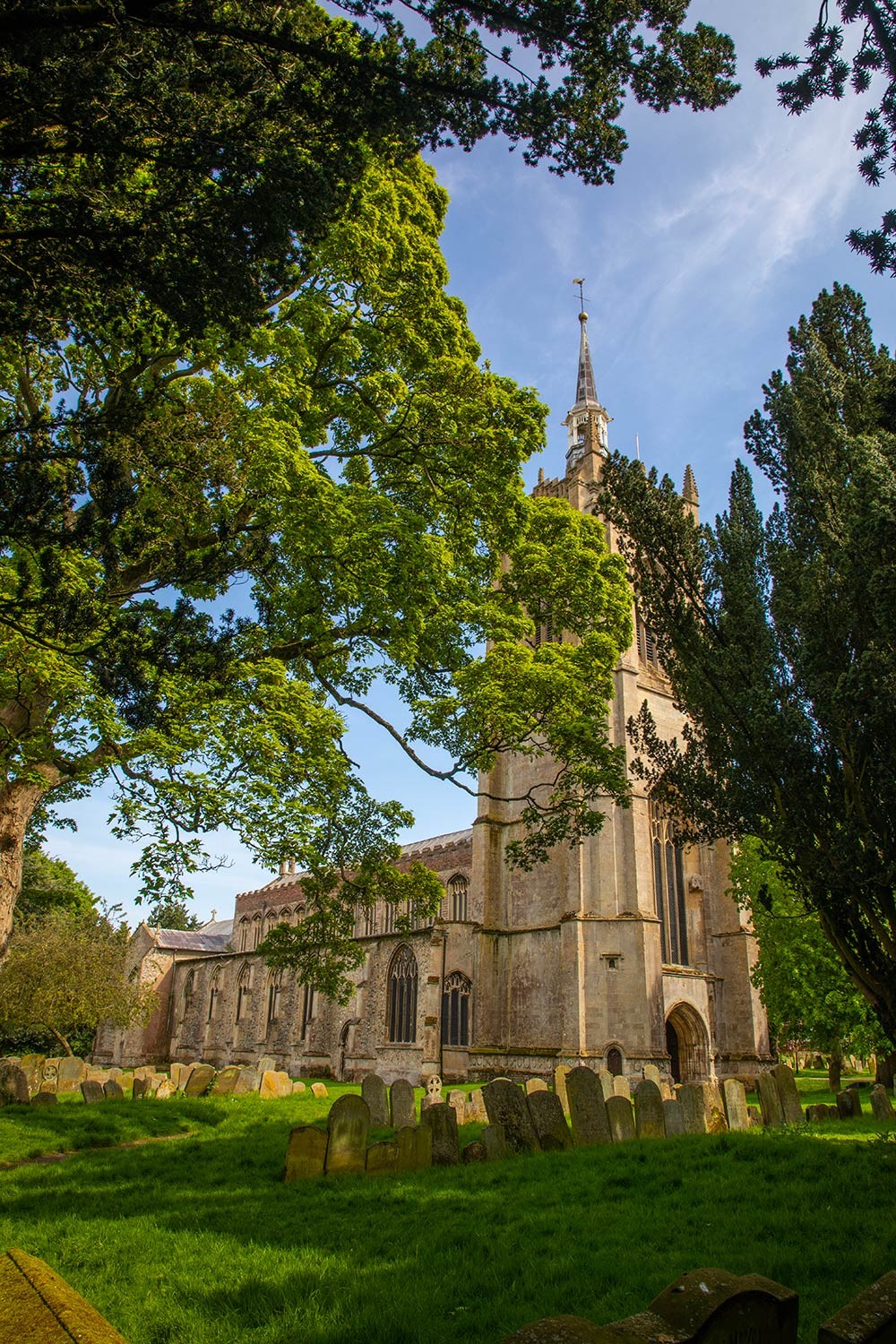
Other notable memorials include the 15th century tomb of John Botright, a former rector of Swaffham and benefactor of the church. The south transept contains a brass dedicated to Sir John Audley and a spectacular wall monument to Catherine Steward, who was Oliver Cromwell’s maternal grandmother. The captivating stained-glass windows also serve as memorials, installed during the 19th century restoration, and vibrant fragments of medieval glass survive in the north aisle window. A delightful later addition to the interior is the handmade carpet covering the sanctuary steps, which was designed by Miss Diana Springall and worked by local volunteers. Inspired by the existing floor tiles in the chancel, it was completed in 1988 along with new cushions and kneelers. Their introduction reflects the view that every generation should make a contribution through the idiom of its time.
As a ‘living church’ valued by its community, St Peter & St Paul’s has been blessed with a number of thoughtful modern enhancements. A kitchen and toilets were installed in the nave in 1996 and the main entrance has been levelled and fitted with automatic glass doors to improve accessibility.
“Our church is a warm and welcoming setting; a place for worship, celebration, comfort and communication,” says Ralph Clarke, the Church Council Treasurer. “Visitors come from near and far to appreciate its incredible architecture and enjoy its peaceful atmosphere.”
“Saturday mornings here are simply lovely, with tea, coffee, cake and plenty of conversation,” adds Irene Ranner, Secretary to the Church Council. “Everyone is made to feel at home, and there’s no rush to leave once your cup is empty. We even have a children’s corner and welcome well-behaved dogs. It’s a special setting devoted to bringing people together.”
Open daily for all to admire, the church of St Peter & St Paul is a wonder worth exploring.
HEADER IMAGE: © JO PLUCKROSE
